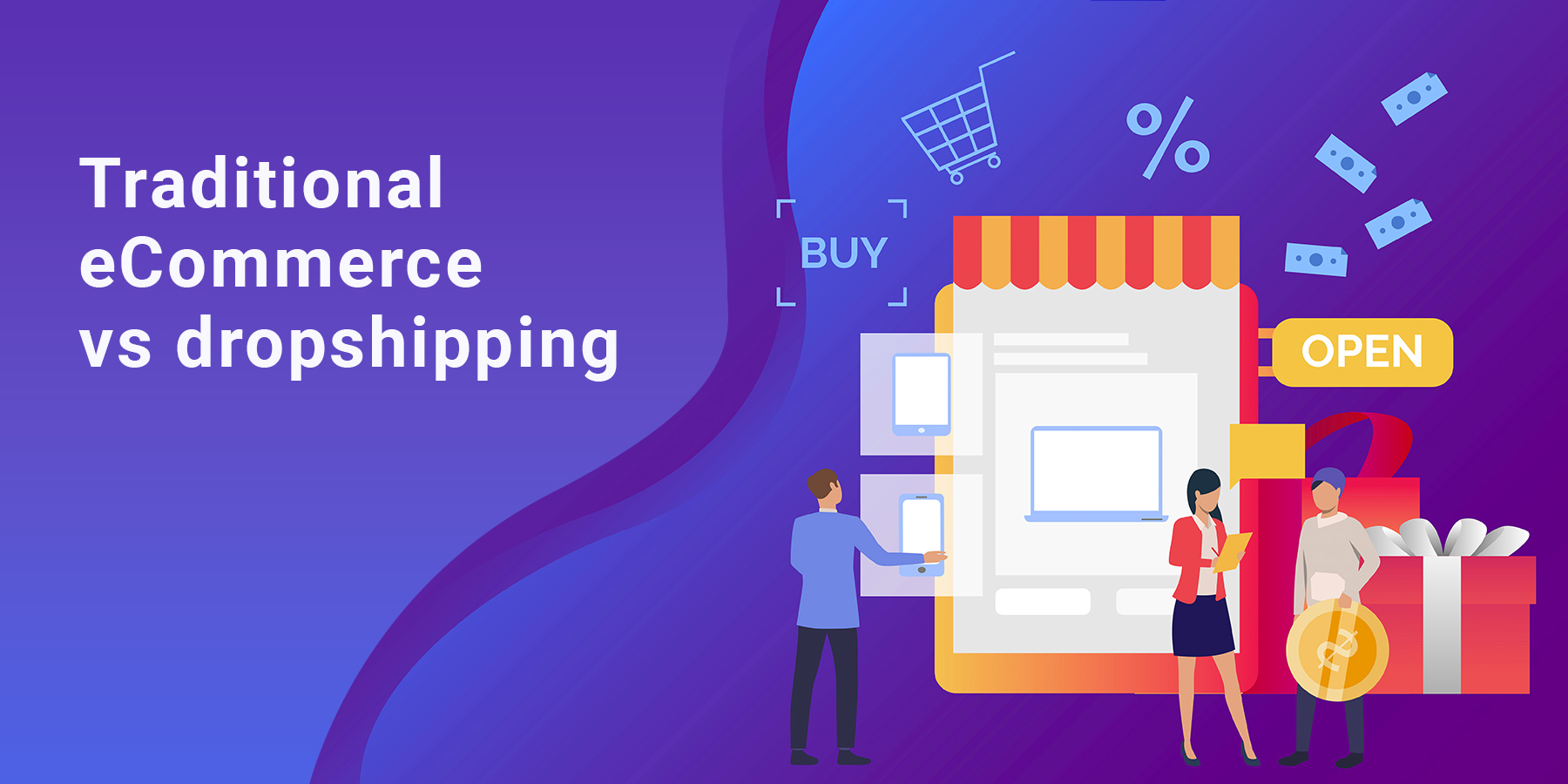
Big eCommerce retailers like Amazon, which hosts unverified resellers, aren’t putting efforts to prevent the violation of Minimum Advertised Price (MAP). If one reseller violates MAP policy, the dynamic pricing algorithms may cause a drop in product sales across platforms. Moreover, selling products below MAP also impacts the value of the product as well as the brand. Without MAP price monitoring, customers may find it discouraging to purchase from a particular brand. Furthermore, varying pricing also negatively impacts the legitimacy of a brand.
Why would someone pay a high price when the same product is available at a reduced price from other resellers?
What is Minimum Advertised Price (MAP)?
The minimum advertised price is a pre-defined baseline price for a product agreed upon by the manufacturer, suppliers, brands, distributors, and resellers. MAP price monitoring is established to protect the profit margin of manufacturers or brands while monitoring competition between the resellers and helping customers purchase from trusted and authentic brands.
For instance, if a product is set at the MAP of $100, all the distributors and resellers can advertise the product at a minimum of $100.
The MAP policy is a binding agreement akin to a contract signed by different parties involved. However, it is difficult to track MAP price monitoring for any violation. If any manufacturer finds a violation of the MAP contract, the manufacturer can immediately terminate the business agreement with the retailer.
What is the Need for MAP Price Monitoring?
With the growing popularity of eCommerce, the role of MAP price monitoring is becoming even more important. MAP price monitoring can be helpful in several ways:
- Maintains the value and integrity of a brand
- Protects profit margins of the seller
- Encourages fair competition across all the distribution platforms
- Prevents under-pricing of the product
- Helps small and mid-sized sellers compete with big brands
When the pricing is different on various platforms, it impacts the brand’s value, as varying pricing would cause a negative impact on the perception of a brand in the customer’s minds. Retailers wish to offer the minimum price possible to attract customers, which may negatively impact manufacturers. When one reseller reduces the price of a product, others are forced to follow suit to remain in the competition, causing a domino effect. Hence, MAP price monitoring requires an hour for the brands to survive in this competitive eCommerce landscape.
How Can Brands Monitor MAP Price Effectively?
MAP price monitoring can be executed in two different ways: manually and automatically. While some companies choose manual monitoring of MAP, others prefer the automated route.
Manual MAP Price Monitoring
To track the MAP pricing manually, the manufacturers have to follow various steps. The process of tracking the price manually depends largely on the terms of MAP policy. The steps include:
- Finding all the sellers across various channels and monitor their advertised prices. One may list down the URLs of all the sellers in a sheet to track it regularly.
- If there is any violation in the policy, contact and warn the seller about the violation.
- Recheck if the violating reseller has changed the price of the product to MAP
- Follow up with violators who haven’t changed pricing.
- Give a final warning.
Small and mid-sized businesses may be working with a few resellers. Nevertheless, manually tracking as low as 15-20 URLs can be a tiring process. Also, one needs to monitor MAP prices regularly to keep a check on violators. Finally, even if a business chooses to assign this tedious task to a full-time employee, the process is susceptible to human errors.
Automated MAP Price Monitoring
To monitor MAP pricing compliance, companies may use data extraction and price monitoring tools for automation. These tools gather pricing-related data automatically from eCommerce websites and deliver as needed. Automated tools will provide:
- List of resellers that sell your product or services
- The selling price of the product or services advertised by each seller
- Flagging the sellers that violate MAP pricing
Automated tools provide a reliable MAP monitoring process that manufacturers can use to track violators regularly.
Monitoring MAP prices can help brands and manufacturers check the pricing at which various sellers advertise your products on various platforms. In addition, monitoring MAP helps manufacturers maintain a good business relationship with authentic and verified resellers across different marketplaces.
MAP monitoring can also help identify marketplaces that sell your products without authorization or selling below MAP. It is important to monitor selling prices for brand reputation and maintain fair competition across different marketplaces, providing equal opportunities for businesses of all sizes. Violating MAP policy may harm the reputation as inconsistency in prices may confuse customers.
Are you looking for eCommerce MAP price monitoring for your product/services across different marketplaces?
Look no further. We can help you track and monitor all your products/services listed across various channels. Provide us with the list of products and resellers you want to track. Our team will keep a regular check over all the MAP price violators, helping you regulate the pricing across the internet.
Interesting posts to read:
Successful eCommerce Strategies to Learn from Walmart
First Impression Matters: High-Impact Content and Visual Design Elements that Convert in Ecommerce








